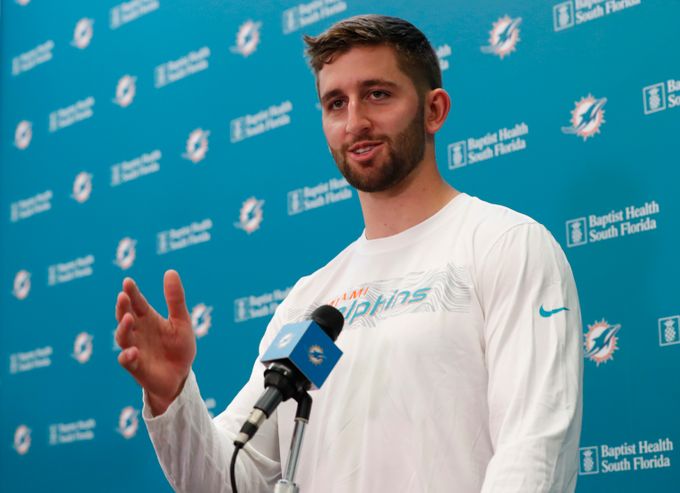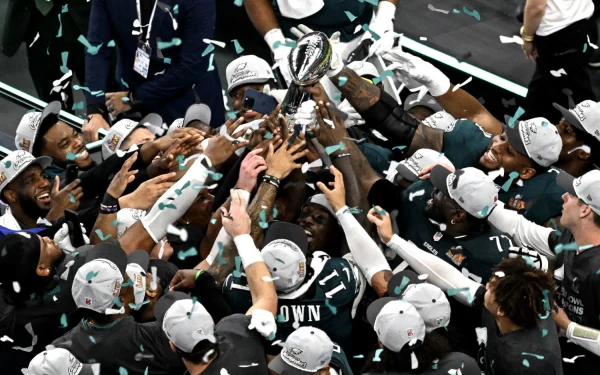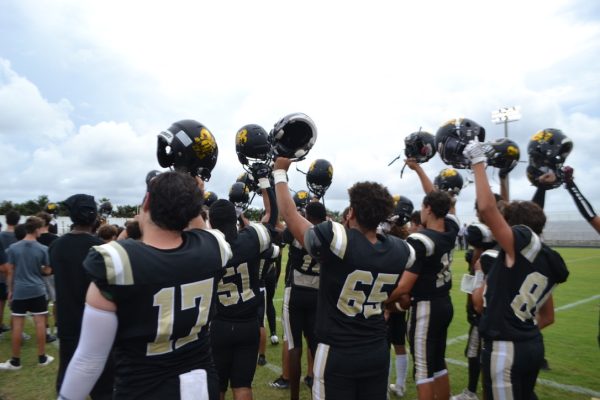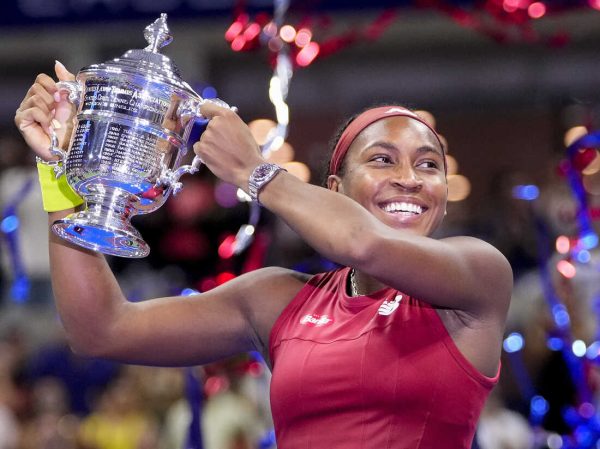Who Won in the Josh Rosen Trade, Cardinals or Dolphins?
On April 25, 2019, the NFL draft, covering three days, began wherein many former college players were given a start to their hopeful NFL careers. There were a lot of controversial, sleeper and overall surprising picks. One of the most talked about story lines from the 2019 draft is the trade of Josh Rosen from the Arizona Cardinals to the Miami Dolphins for a 2019 second round pick and a 2020 fifth round pick. Rosen became expendable to the Cardinals after they selected 2018 Heisman Trophy winning Oklahoma quarterback Kyler Murray with the first overall pick in the draft. There are various opinions on whether the Cardinals made the right move in trading Rosen after his rookie season.
In the 2018 NFL draft, the Cardinals selected their chosen quarterback of the future with the 10th pick: Josh Rosen. In 2018, Rosen posted mediocre stats in 14 games: 2,278 yards, 11 touchdowns, and 14 interceptions. Many ask if the decision to trade Rosen after only one season was the correct move. Were the Cardinals correct to give up on a first round pick quarterback only after a year of play? Is Kyler Murray too elite of a prospect to pass up on? Arguments from both sides make sense as to if the Cardinals made the correct decision.
On one side, giving up on any player after only one year of play is not the best decision for a team that was all in for that player a year before. The truth is that players need time for develop. Apart from rookie of the year players and the other outstanding few first year players, most players do not perform to their fullest potential in their first year. Rosen, for example, did not perform as a first round quarterback is expected to perform. However, just because Rosen was not great in his rookie year does not mean he will not be great in the future. Many feel that the Cardinals should have given Rosen another year or two to develop him as their quarterback and leader.
On the other hand, Kyler Murray is an absolute stud coming out of the University of Oklahoma. Murray posted great stats: a 69 percent completion rate, 4,361 passing yards, 42 passing touchdowns, and only seven interceptions. Murray is also a great runner with over 1,000 rushing yards and 12 rushing touchdowns established in his final year as at Oklahoma. He also won the Heisman Trophy, which is awarded to the best college football player each year. Murray may simply be too talented of a player to pass up on under any circumstance. Clearly, Murray is a great player that can definitely dominate the league in the near future.
The Cardinals could have also drafted Murray and kept Rosen. They could have developed Murray behind Rosen, and if Rosen started to realize his potential, trade Murray for high draft picks and/or player capital. Or, they could have developed Rosen even more, traded him for more than they got with their trade of him to Miami, and kept Murray as their future quarterback. All choices that could have been brought out by the Cardinals make sense in their own ways.
Then there is the question as to if the Dolphins made the right move in trading away a second round pick for a quarterback that had a less than stellar rookie season when the team had so many holes to fill. No doubt, one of those gaping holes is at quarterback, but many Dolphin fans believe their team should have addressed other needs with the second pick and waited for the 2020 draft to choose a quarterback in what looks to be a potentially quarterback rich draft featuring Alabama’s Tua Tagovailoa.
But, let’s examine how the trade unfolded. After taking Clemson defensive end Christian Wilkins with the 13th pick in the first round, the Dolphins held the 16th pick in the second round, the 48th overall pick. To examine if the Dolphins should have used that second round pick on another position or even another quarterback, one has to ask if a player with more talent or potential than Rosen was on the board at the 48th pick. When Missouri quarterback Drew Lock was taken by the Denver Broncos with the 42nd overall pick, the answer to that question seemed to become a “no.”
The Cardinals actually wanted a first round pick for Rosen, but as soon as they drafted Murray, Rosen’s trade value took a hit. Arizona knew the best they could hope for was a mid-to-late second round pick. In the shrewdest aspect of the trade that often goes overlooked, the Dolphins, having been assured that the Cardinals would take a late round second pick and a fifth round 2020 pick, traded their 48th and 116th overall picks for the New Orleans Saints 62nd and 202nd picks and a 2020 draft second round pick. They then sent that 62nd pick and a 2020 fifth round pick to the Cardinals for Rosen.
Taking the late round draft pick exchanges out of the equation, essentially the Dolphins got Rosen for nothing much more than delaying their 2019 second round pick until next year’s more talent rich draft. And, the Dolphins will be paying Rosen an average of less than $2 million a year over the next three years. Considering that there were no sure fire game changers left on the board for the Dolphins at the 48th overall pick that they sent to the Saints and they way the Dolphins manipulated the trade, the acquisition of Rosen was a low risk / high reward move on the Dolphins part.
In the end, the trade is complete. The Cardinals have a talented quarterback and other prospects due to picks. The Dolphins hopefully solved their quarterback situation with soon to be second year quarterback Josh Rosen. Although the Cardinals could have made different decisions during the off-season to get better value for Rosen, both sides likely benefited.











